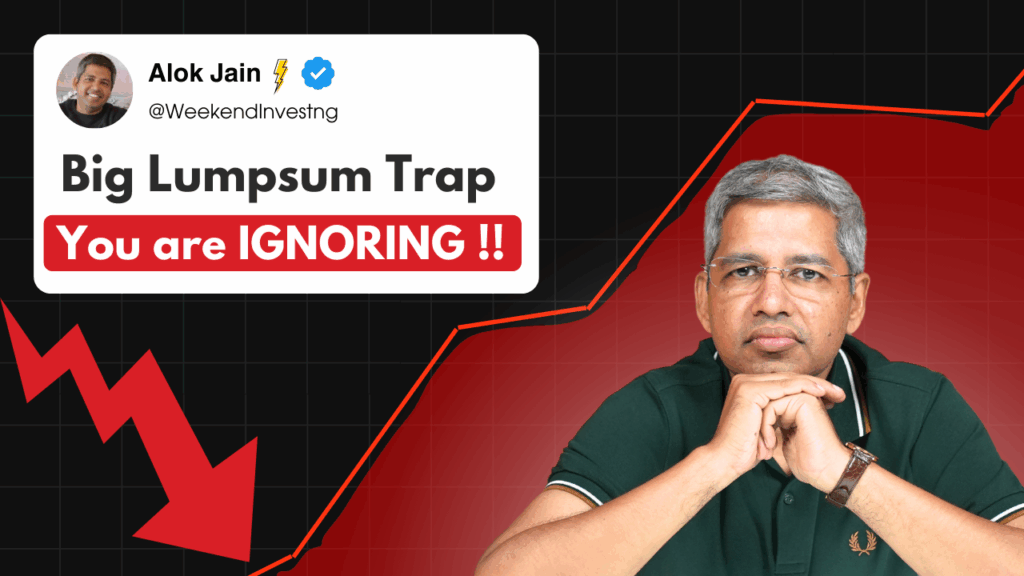Where is the market headed?
The market gave up some ground today amid concerns about the increasing number of cases of a new Covid-like virus spreading through Southeast Asia. A couple of hundred cases have also been reported in India, and the markets might be looking for a reason to correct somewhat.
Market Overview
Nifty experienced a reasonably significant fall today after several sessions, dropping about 1.05%.

Nifty Next 50
Nifty Junior also saw a sharp fall of 1.84%, abruptly reversing six sessions of upward movement in the mid-cap space.
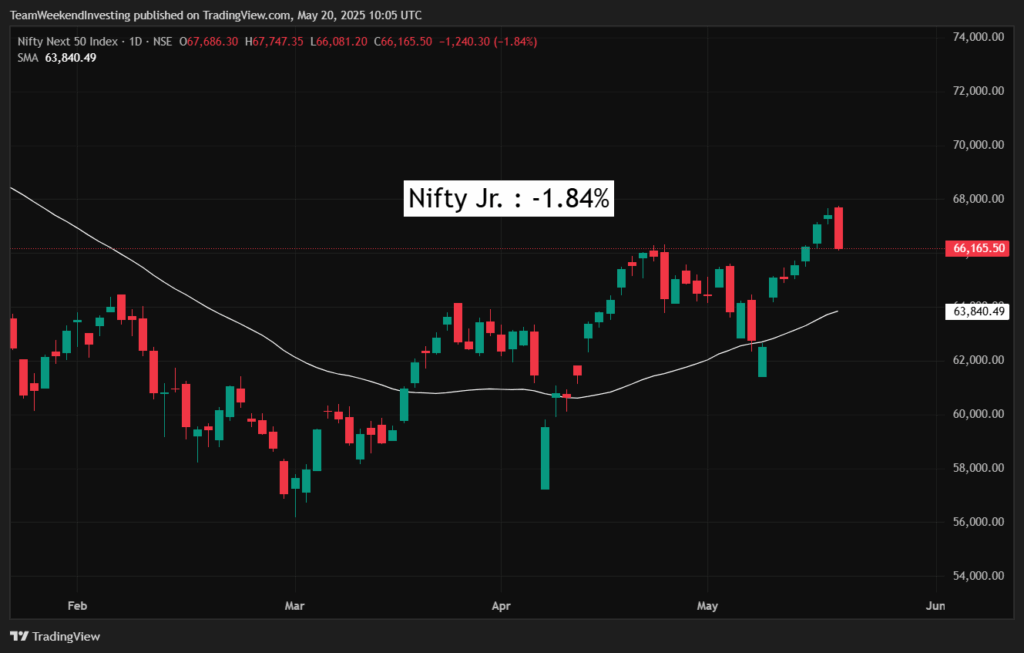
Nifty Mid and Small Cap
The Mid Cap index lost 1.56% and Small Cap index lost 0.9%.
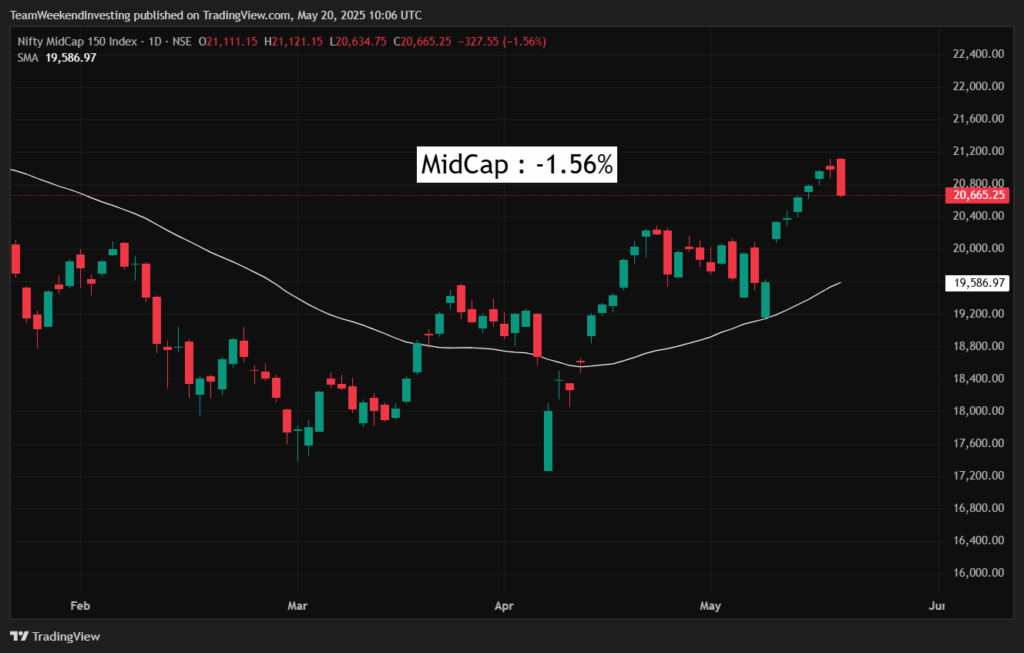
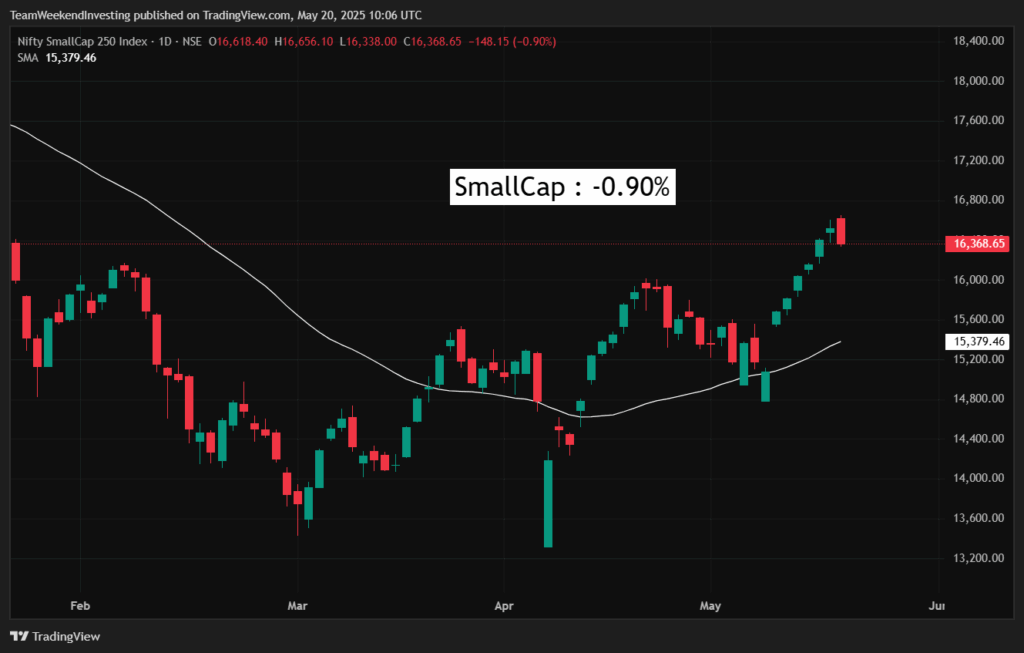
Bank Nifty
The Nifty Bank index was also slammed down nearly 1%, ending the day at minus 0.98%.
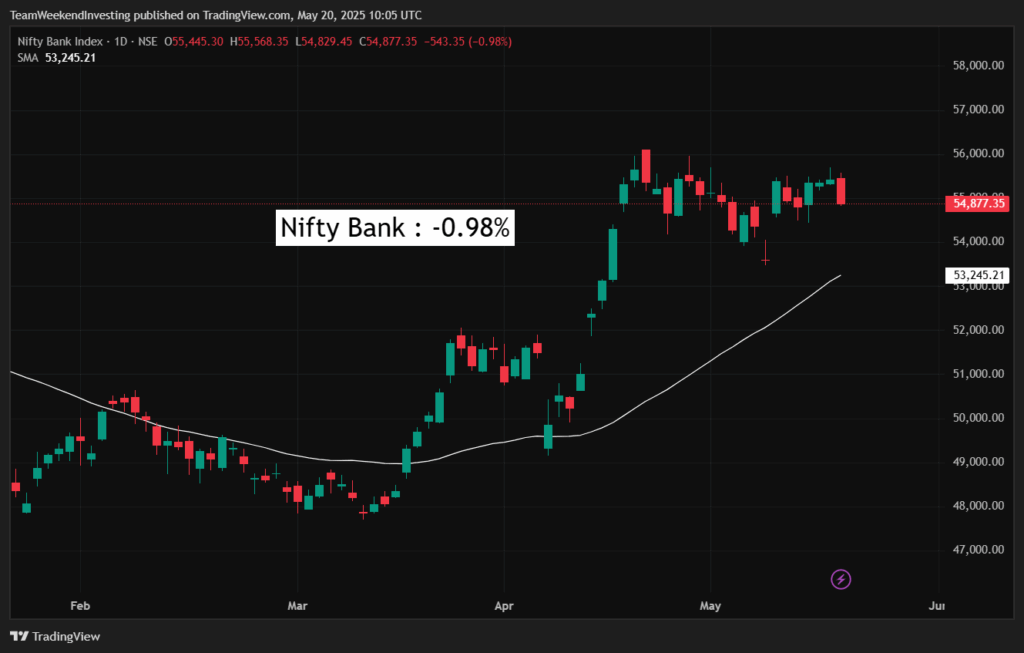
GOLD
Gold remained steady, trading between 9,300 to 9,400 rupees per gram. It closed at 9,442 rupees, half a percent up.
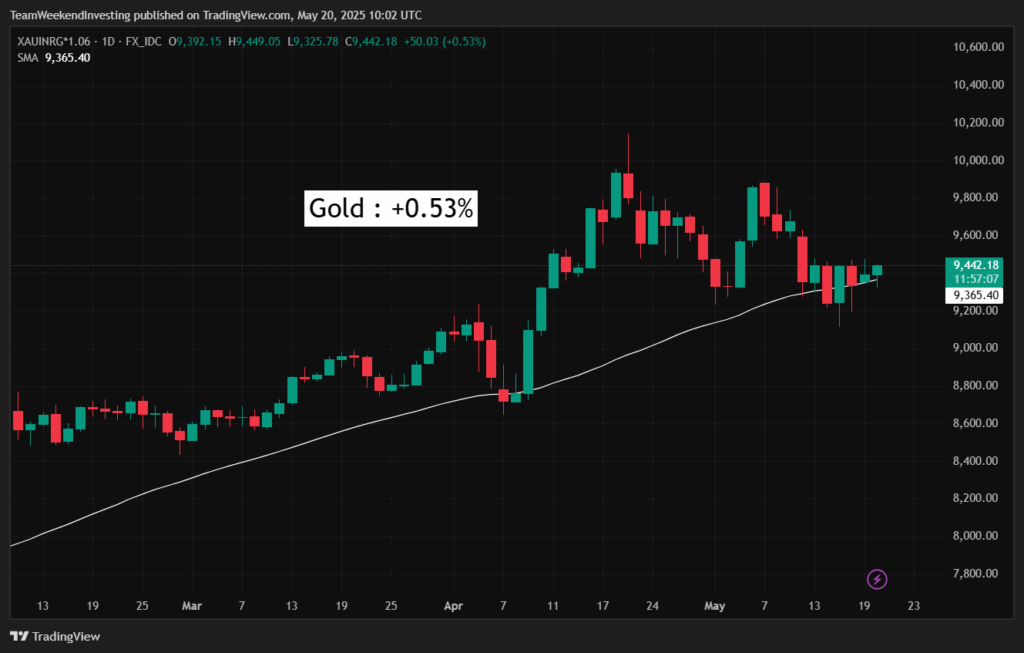
Advance Decline Ratio
Looking at the advance-decline trends, the morning started well for the Nifty 500 and CNX 500 indices, with advances nearly equal to declines. However, after about 11 a.m., declines surged, and by the end of the day, the market was down, with foreign entities also participating in selling.
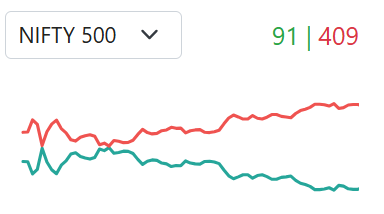
Heat Maps
The Nifty heat map is predominantly red, indicating widespread weakness. Key losers include Eternal, which dropped 4%, and auto giants Maruti and Bajaj Auto, along with Hero Motorcycles, which lost between 2% to 3%. Mahindra was down by 2%, while Reliance, HDFC, State Bank, and Bajaj Finance were also down more than 1%.
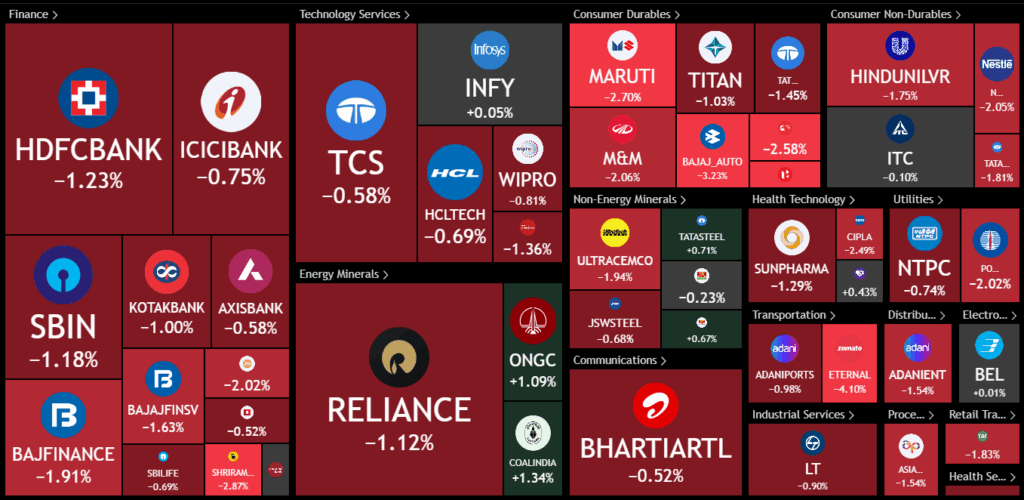
In the Nifty Next 50 space, barring DLF, all stocks were down by 1 to 3%. Bajaj Holdings fell significantly by 7.5%, HAL by 3.29%, while IRFC, Lodha, VBL, D-Mart, TVS Motors, and PFC also closed lower.
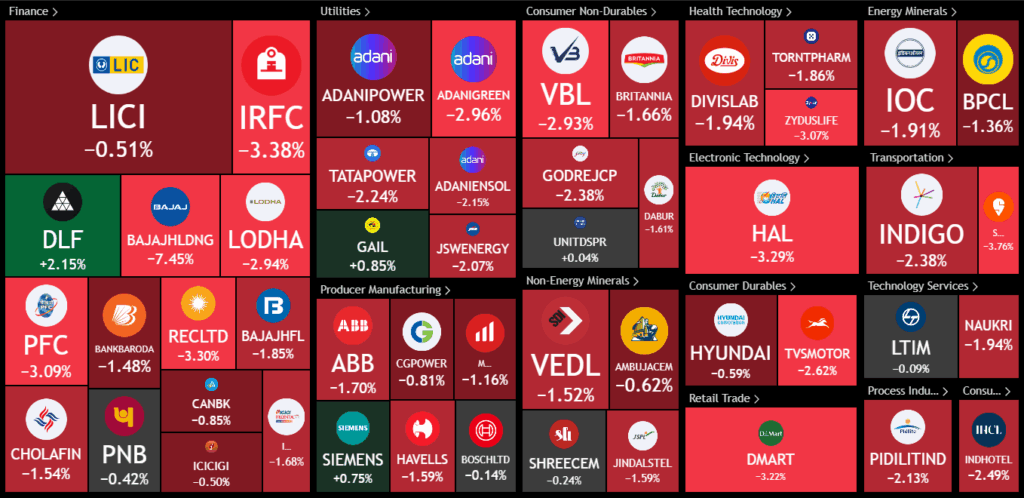
Sectoral Overview
Sectoral trends showed no sector gains today; metals fell by 0.6%, and most other sectors were down by 1 to 2%.
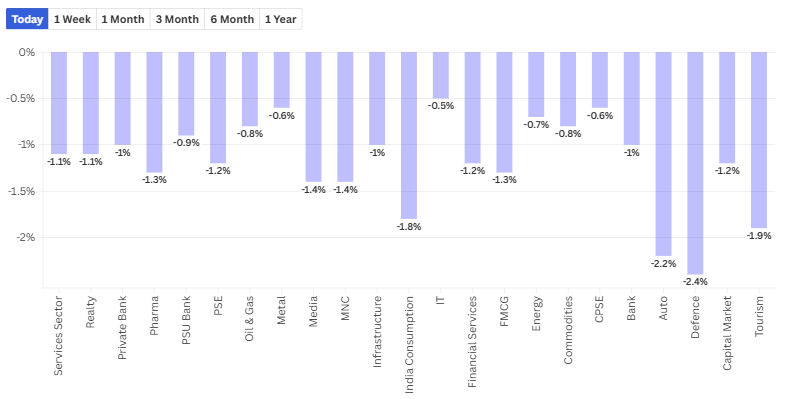
Sectors of the Day
Nifty Auto Index
Auto sector also under pressure, led by Bajaj Auto, Hero, Maruti, and TVS Motors.
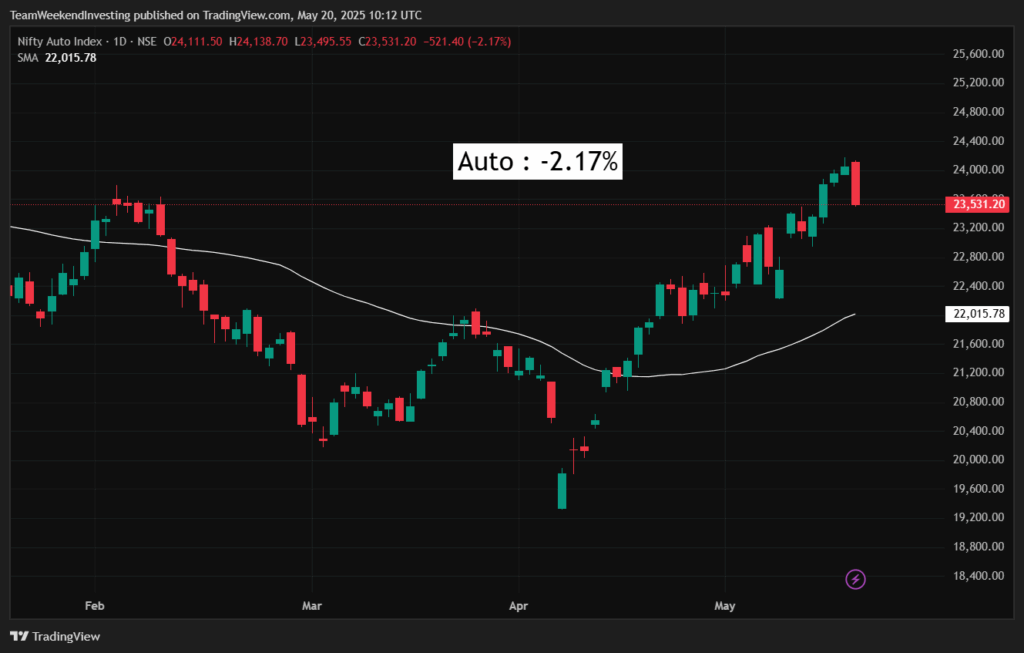
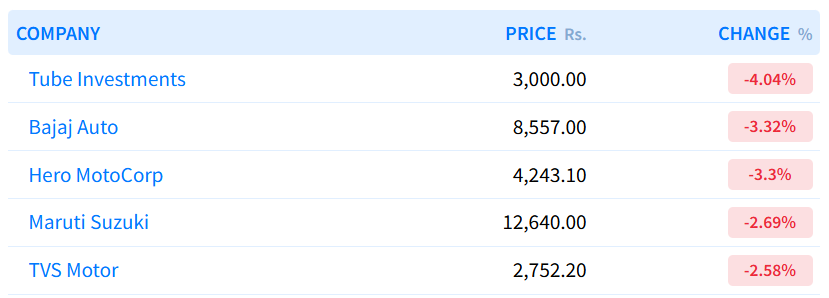
Nifty Ind Defence
Defense stocks declined for the second consecutive day (-2.4%), with Cochin Shipyard losing nearly 8%.

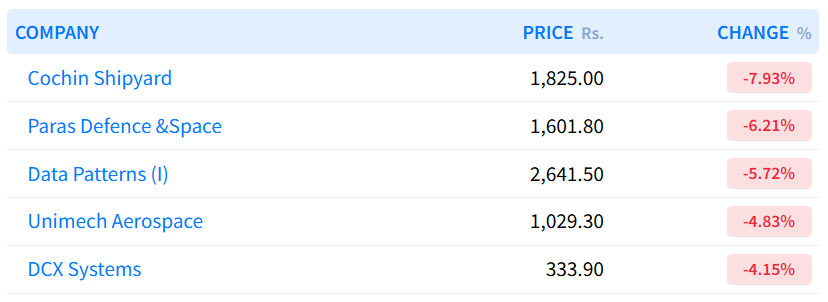
Story of the Day: The Lump Sum Trap in Investing 💡
Small caps have shown impressive gains recently, up nearly 19% in just over a month, compared to Nifty’s 12%. This surge often triggers a common investor behaviour—greed takes over, and many rush to invest lump sums into small caps, fearing they might miss out on further gains. However, this approach can be risky.
Historically, rallies in small caps near all-time highs tend to be very steep and short-lived. Many investors put in large lump sums during these peaks, only to face significant losses as the market normalises. This often results in capital erosion, leaving most investors with little to show despite the potential small caps have.
How can this be avoided? The key lies in gradual investing, such as through systematic investment plans (SIPs), rather than lump sums.
Consider the worst-case scenario: starting to invest in small caps at the 2008 peak. A lump sum investment at that time would have delivered a disappointing compounded annual growth rate (CAGR) of about 6.5% over the next 13 years, barely beating inflation. In contrast, a gradual monthly investment of the same total amount would have achieved a much healthier internal rate of return (XIRR) of around 13%.
Why does this happen? Gradual investing averages out the purchase price and reduces the psychological pain of seeing investments stay below the initial value.

Lump sum investors entering at market peaks spend over half the time with their portfolio value below their invested amount (see the above image), often causing frustration and panic.

With gradual investing, the time spent underwater is much lower—only about 11%—making it easier to stay committed to the market and benefit from its growth over the long term.
Market tops and bottoms are notoriously impossible to predict. Therefore, spreading out investments over time removes the pressure of perfect timing and helps mitigate risks associated with market volatility.
In short, while lump sum investing might seem tempting, especially during bullish phases, it can expose investors to prolonged periods of negative returns. A disciplined, gradual approach is a smarter way to build wealth and avoid the lump sum trap.
The key takeaway?
Gradual investing reduces risk and emotional stress. While lump sums can spend 56% of the time below your invested value, SIPs stay “in the red” only about 11% of the time — making it easier to stay invested during market downturns.
What’s your take on lump sum investing? Do you think it suits all market conditions or just specific ones? Share your thoughts in the comments! If this blog gave you a fresh perspective, don’t forget to SHARE it with your friends and help them make smarter investment decisions too!
WeekendInvesting launches – The Momentum Podcast
This episode of The Momentum Podcast unpacks 15 years of investing experience! We cover:
✅ Early investing mistakes and learnings
✅ Navigating market fluctuations (including the 2020 crash)
✅ The transition from direct stock picking to managed funds
✅ The role of momentum investing in long-term strategy
✅ Key takeaways for building a resilient investment portfolio.
Whether you’re new to investing or looking to refine your approach, this episode is packed with practical advice!

